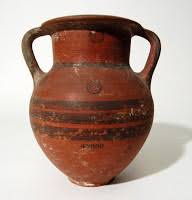ODISSI OF ODISHA

ODISSI: ORISSA,one of the earliest dance form . It is referred as "mobile-Sculpture" as it is a graceful sensuous and lyrical , Odissi is a dance of love and passion touching on the divine and the human, the sublime and the mundane. The Natya Shastra mentions many regional varieties, such as the south-eastern style known as the Odhra Magadha which can be identified as the earliest precursor of present day Odissi.. ODISSI Archaeological evidence of this dance form dating back to the 2nd century B.C. is found in the caves of Udayagiri and Khandagiri near Bhubaneshwar. Later, innumerable examples of the Buddhist sculptures, the tantric images of dancing Yoginis, the Nataraja, and other celestial musicians and dancers of early Shaivite temples bear testimony to a continuing tradition of dance from the 2nd century B.C.E to the 10th century C.E. These influences found synthesis in an unique philosophy - the dharma or faith of Jagannath. With Hinduism taking roots in O...



